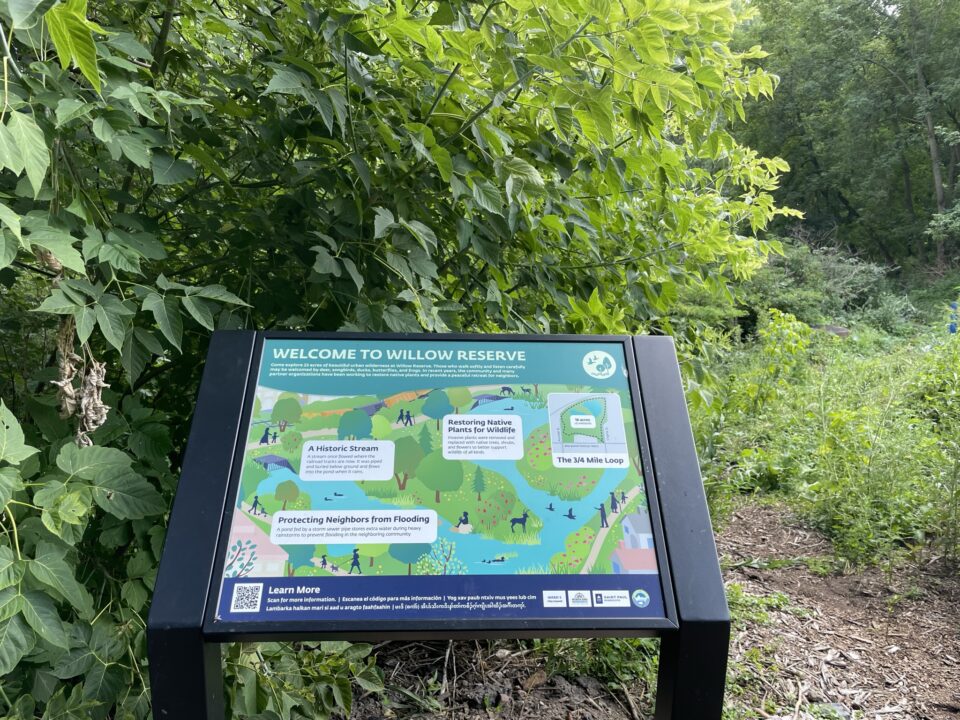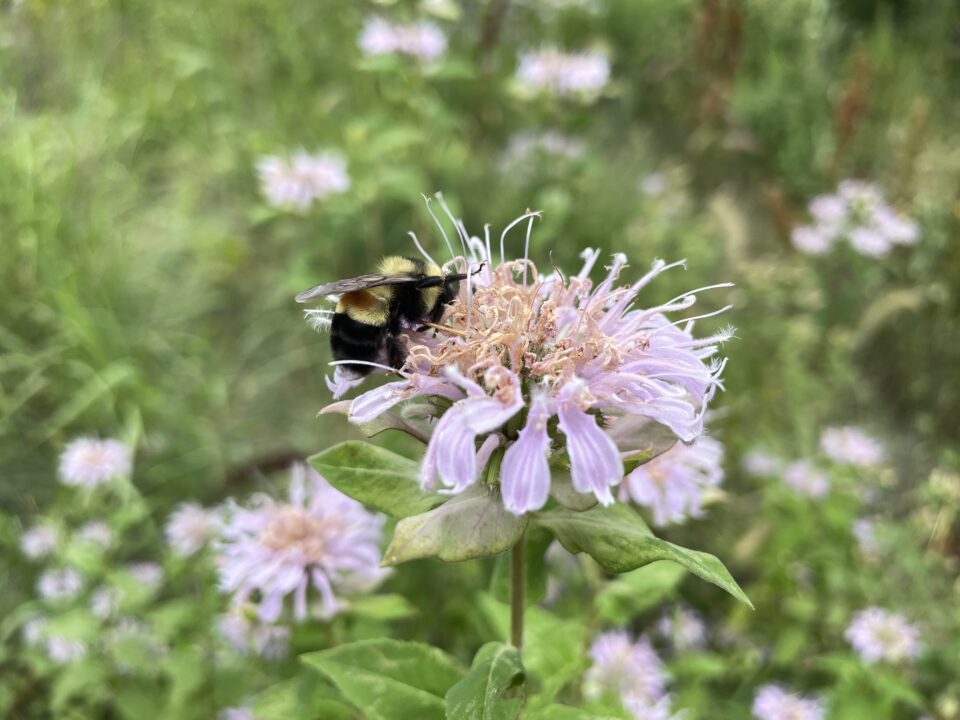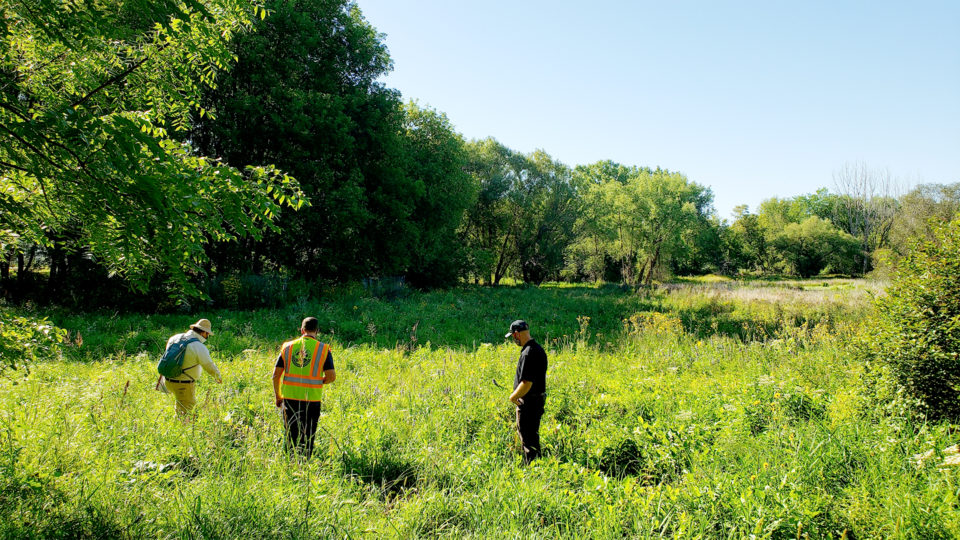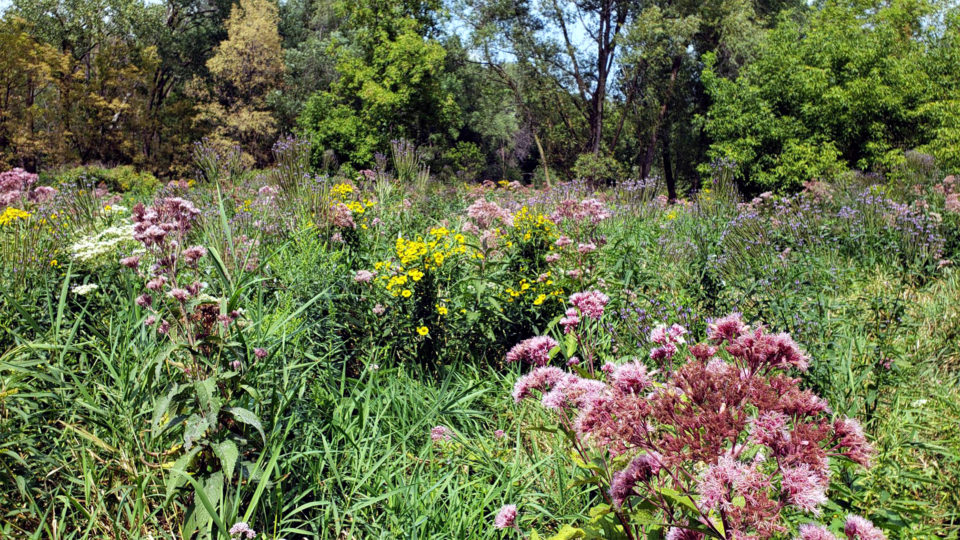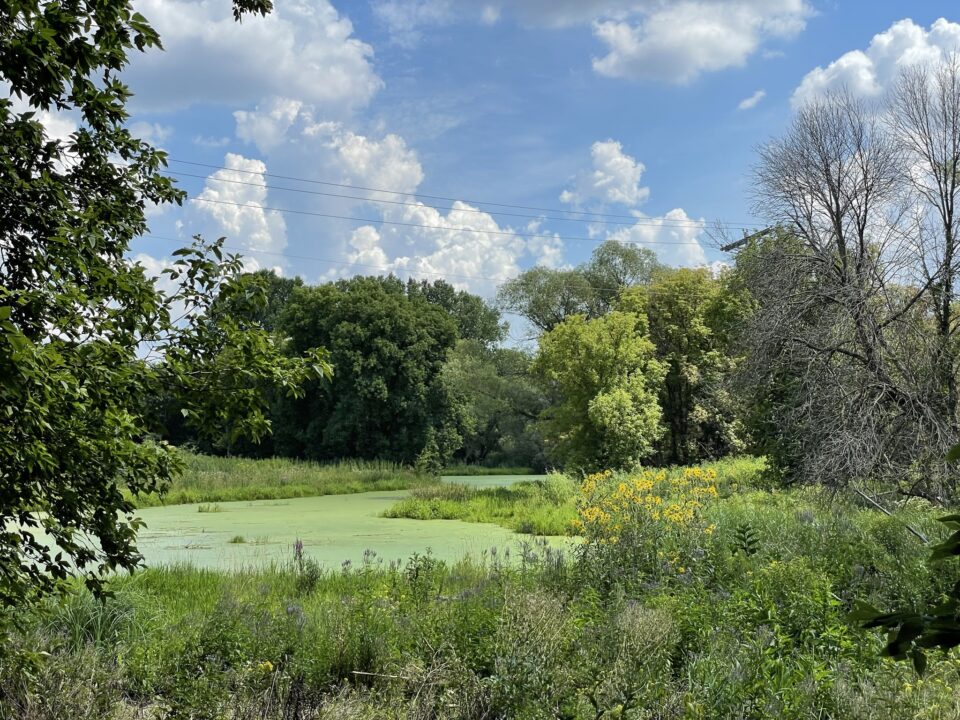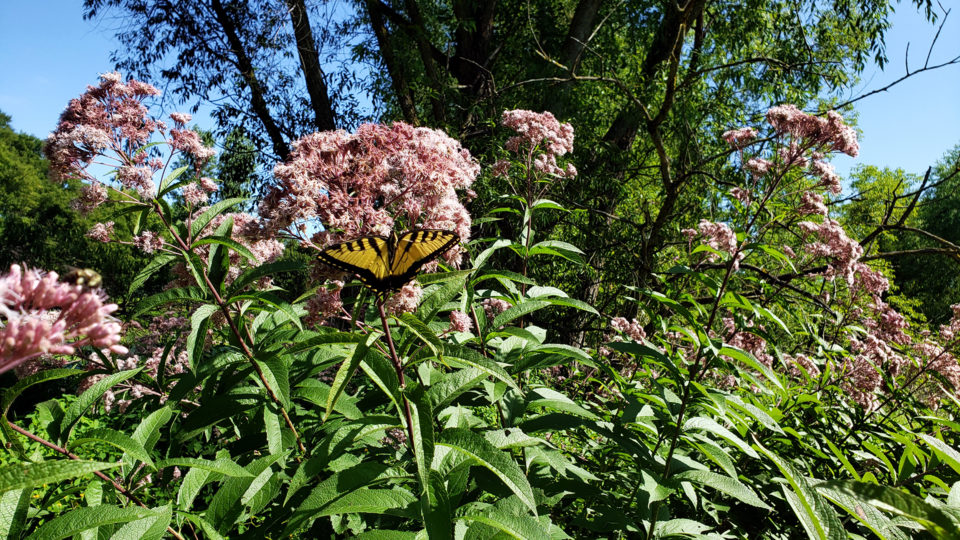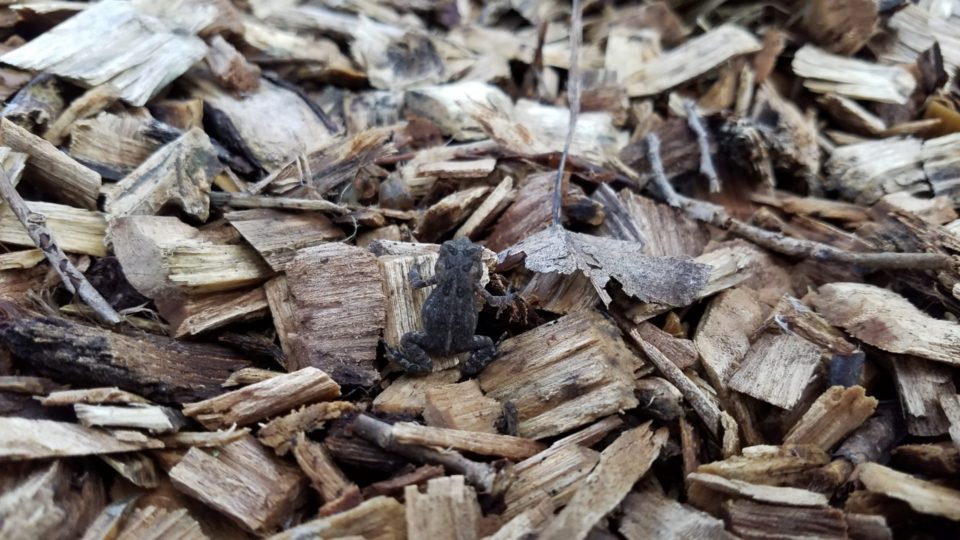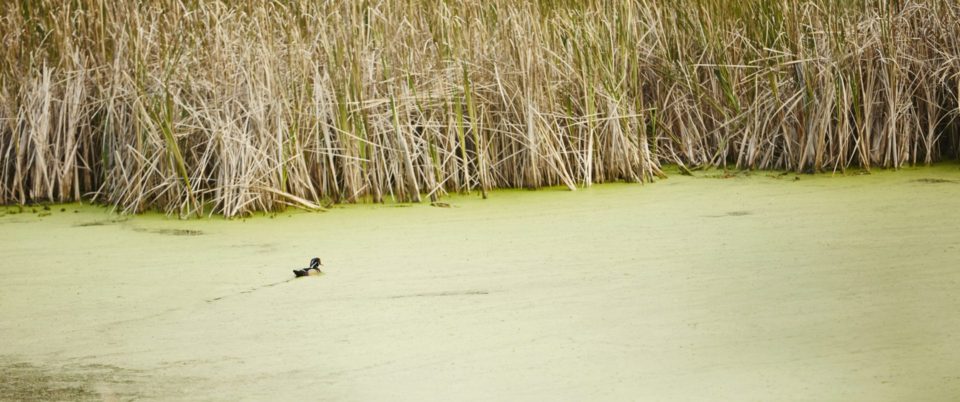A Wildlife Oasis in the City
Willow Reserve is a 23-acre urban oasis on the City of Saint Paul’s North End. The land was privately held and used for agriculture for nearly a century. In the 1960s, the City of Saint Paul and local neighbors purchased the site and established a bird and wildlife reserve.
In the early 1990s, CRWD’s Trout Brook Storm Sewer Interceptor (TBI) began diverting rainwater to Willow Reserve in an effort to reduce flooding. The reserve also includes 16 acres of wetlands that provide excellent habitat for birds, frogs, and other wildlife.

